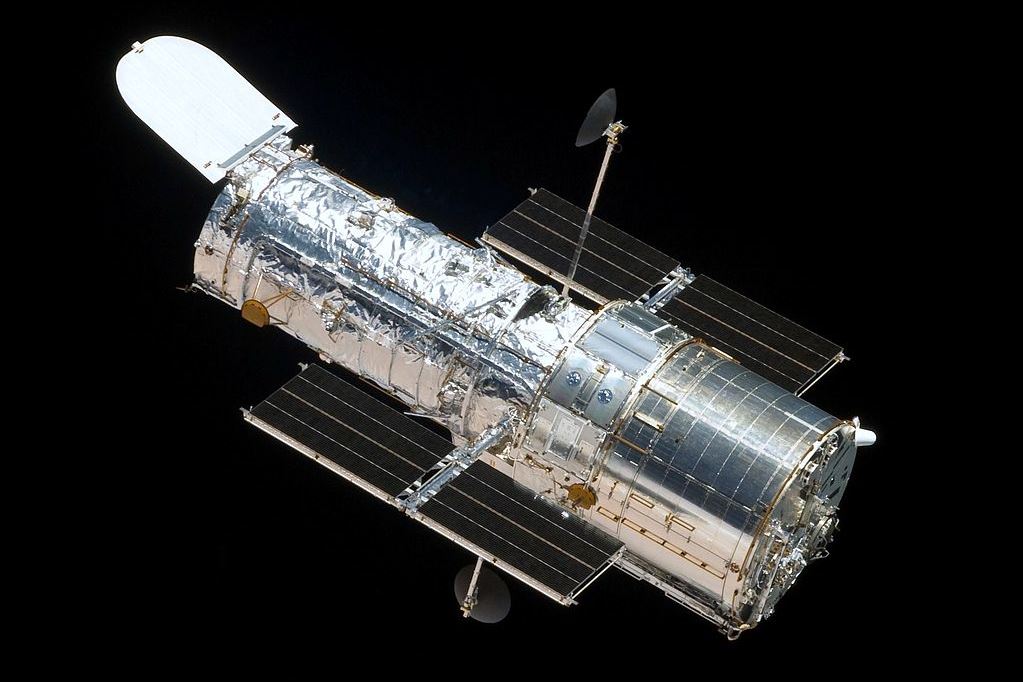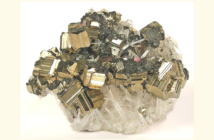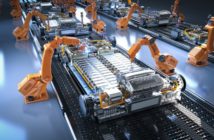Hubble space telescope has done such an amazing job that we scarcely give a thought to how it gets its electricity. It relies on purpose-built solar powered nickel-hydrogen batteries to keep its systems running smoothly. We thought it was time we dedicated a post to these amazing batteries in space 353 miles away.
Solar Panels for Hubble’s Batteries in Space

NASA scientists laughingly refer to their Hubble as the ‘ultimate cordless power tool’. It runs on sunlight that falls on two thin solar arrays, one on each side. Each ‘wing’ has a solar-cell ‘blanket’ over it that delivers 2,800 watts of pure green electricity.
Hubble stores some of this electricity in batteries for when it rotates through Earth’s shadow and no light falls on the panels. This ‘night’ lasts for 36 minutes of each 97-minute orbit. If a space technician visits on a service call, it thoughtfully folds away its wings.
More About the Nickel Hydrogen Batteries in Space

Nickel-hydrogen batteries differ from nickel cadmium ones in that they use pressurized hydrogen instead of cadmium electrodes.
This combo battery fuel cell technology is one of many valuable spinoffs of NASA’s space program. The solar charging process generates hydrogen that the system reabsorbs during discharge.
Nickel-hydrogen batteries are widely used in space systems since they are one of the most reliable and longest-living. Hubble’s systems use them conservatively so the depth of discharge is a shallow 10%. This should ensure the batteries are still working when the space telescope reaches the end of its design life. This should be between 2030 and 2040 when it starts to decay.
The Challenge of Servicing Hubble in Future
We could not imagine a telescope that never needed servicing, let alone one with nickel hydrogen batteries in space. Engineers designed Hubble to receive visits from space shuttles. These made four service calls, before the magnificent aircraft ceased flying. During Mission 3-A astronauts installed a voltage / temperature upgrade to prevent any battery overcharging. NASA has not yet announced what it will do if Hubble needs further attention.
Related
Make Your Own Hydrogen Fuel Cell
Are Hydrogen Fuel Cells Batteries?
Preview Image: Polishing Hubble’s Primary Mirror




